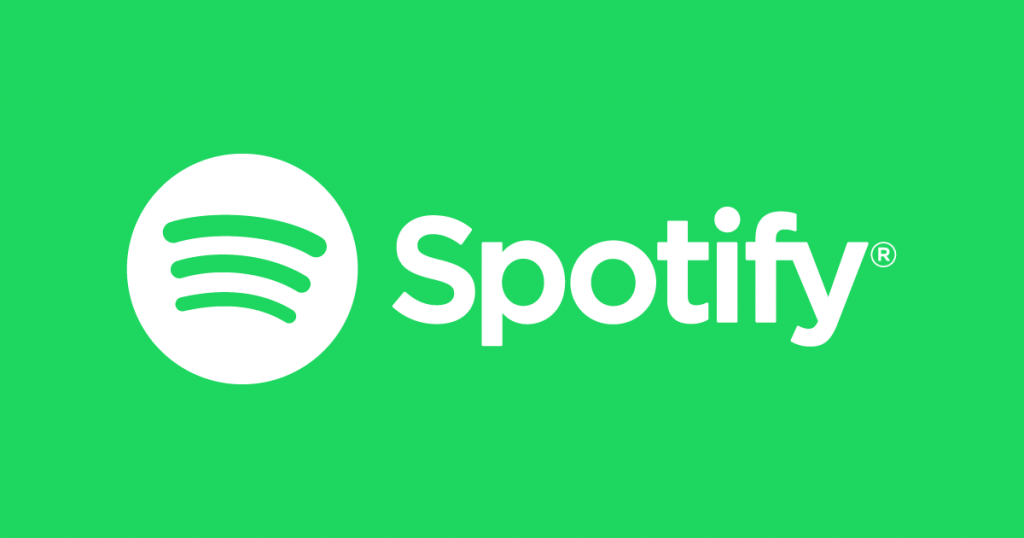December 8, 2020
Spotify was founded in 2006 in Stockholm, Sweden, by Daniel Ek and Martin Lorentzon. The two wanted to create a legal digital music platform to respond to growing challenge of online music piracy in the early 2000s.
Spotify is the world’s biggest music streaming platform by number of subscribers. Users of the service simply need to register to have access to one of the biggest-ever collections of music in history, plus podcasts, and other audio content.
Spotify currently has 286 million monthly active Spotify users with 130 million of them being Spotify Premium subscribers. Post Malone was the most listened to artist of 2019 with an astonishing 6.5 billion streams. With a market cap in early May 2020 of $26.9 billion.

Spotify vs. other music streaming services
In the US, Spotify was overtaken by Apple Music as the biggest subscriber music service in July 2018. Both services reported around 20 million subscribers at the time. In April 2019, Apple was reported to have pulled further ahead, with 28 million US subscribers to Spotify’s 26 million. More recent figures for Spotify were not available at the time of writing (April 2020), but eMarketer estimates the subscriber only Apple Music at 33.7 million users in 2019 (year end).
Spotify is a global enterprise, however. In 2018, it launched across 13 countries in the Middle East and North Africa, and in 2019, launched in India. Spotify reported that Mexico City played host to the biggest concentration of Spotify users (after launching in 2013), though without specifying just how many.
Looking at the global picture, Spotify remains comfortably in the lead with 108 million subscribers to Apple Music’s 60 million, as of June 2019. Spotify increased subscribers to 130 million in Q1 2020, while Apple Music is estimated to be somewhere near the 70 million mark as of February 2020.
As of April 2019, it was thought that Apple is growing at a slightly faster rate than Spotify (2.4-2.8% compared to 2-2.3% respectively).
Increasing volumes mean increased costs
Cost is a priority. For CMOs, increased streaming data would have meant increasing resources and overheads such as costly servers, putting a strain on budgets. However The Matching Engine also adapts costs to manage volume changes, CMOs pay for what they use each month. Also taking advantage of the elasticity of the cloud, CMOs can reduce overheads by reassigning team resources to other roles. Through automation, reporting and cloud technologies, there is no longer a need for constant human monitoring.
The Matching Engine uses automated parameters to identify and match data. A foundation of Azure and Databricks technology provides the ability to process and transform data from various streaming platforms and in different formats at scale.